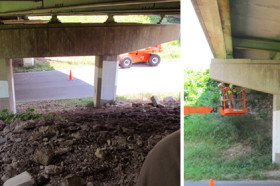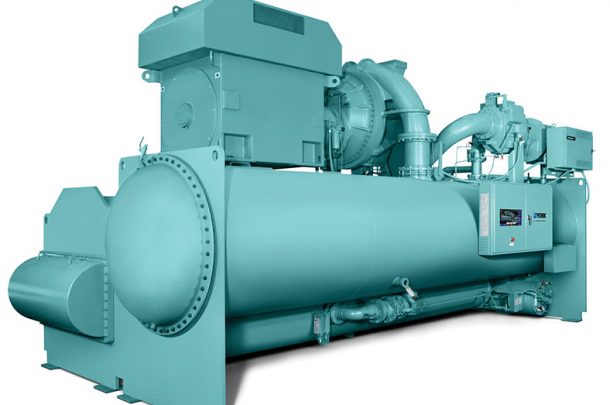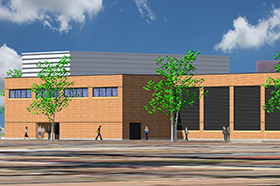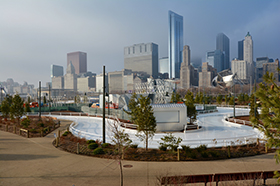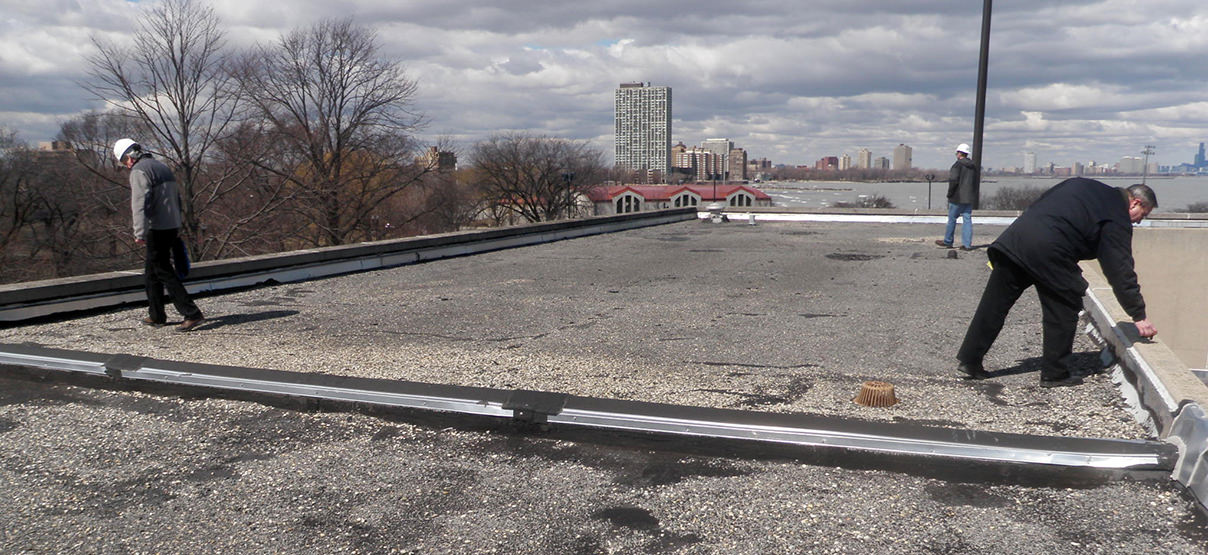
As an architect, I started my career working on new construction high-rise commercial projects. When I joined Primera Engineers a couple years ago, all the projects I was assigned were improvements to existing buildings. This included roof repairs, upgrades to mechanical spaces and retrofits of institutional and utility buildings. Frankly, this wasn’t the work I had envisioned for myself when I decided to pursue architecture. Although I never aspired to be a “starchitect,” it seemed the pendulum had swung too far in the opposite direction when I was working on spaces that weren’t even open to the public. This was a significant shift for me, and it took me a while to really appreciate the importance of Primera’s work.
I felt a new sense of purpose after listening to a Freakonomics podcast entitled “In Praise of Maintenance.” The podcast describes how our culture is obsessed with innovation and undervalues maintenance. It also references an article published in Aeon entitled “Hail the Maintainers” which points out that maintenance work is typically more beneficial to most people than new technology.[i] Lee Vinsel from the Stevens Institute of Technology mentions that 70-80% of engineers’ work is maintenance; keeping the systems we have in place operating. This tends to be at odds with what is taught in engineering school, which is heavily focused on innovation and new technology. This gives students and young professionals the wrong impression of what they will likely focus on for most of their careers. It also leaves them to believe unless they are working on something new, it just isn’t that important.[ii] This resonated with me because I felt the same way coming out of architecture school. We are trained to design new buildings, not worry about taking care of existing ones. We praise new designs, but we forget that a building can be used for more than 50 years, and in that time there’s plenty of valuable maintenance work to be done. No matter how “low-maintenance” our new products and technology claim to be, if we want to maximize their use, maintenance is required.
We fail to show our appreciation and enthusiasm for essential infrastructural maintenance, and I’m afraid that is part of the reason it simply doesn’t get the funding it needs. The American Society of Civil Engineers has called out the serious deficiency in funds available for infrastructure repairs and improvements in the U.S. They’ve given very poor ratings for the investment in several sectors including aviation, bridges, roads and mass transit. They estimate the necessary funds for these mentioned sectors among others are $3.6 trillion by 2020, while we only spend closer to $250 billion annually.[iii]
Innovation is glamorized. It’s shiny and new. Maintenance is unfortunately mundane. Like “infrastructure” the word “maintenance” causes people to tune out. It needs a makeover. At the very least, innovation should share some of the spotlight with maintenance. There are many ways in which the two are tied together. Bringing existing buildings up to our current energy efficiency standards pose some challenges that require innovation in maintenance.
New construction accounts for only a few percent of the world’s building stock in use.[iv] It’s certainly a worthwhile effort to design new construction to meet our highest standards of sustainability, but we must also ensure our existing building stock is brought up to the same benchmarks. My engineer colleagues are doing their part by making significant improvements to existing building systems. The Intergovernmental Panel on Climate Change (IPCC) determined that 50-75% of energy savings could be achieved by these very measures.[v] Tackling the envelope performance of older buildings can be particularly challenging, but it is imperative that we use all the tools available, and even rely on new technology and innovation to improve the performance of these buildings if we want to significantly decrease the 40% carbon emissions caused by the building industry.
By maintaining our existing structures, we reduce the need for new construction. This means less extraction of new materials, and maximizing the use of the embodied energy in our existing buildings.[vi] In my view, preserving our existing building stock also allows us to time travel as we walk down the streets of Chicago, taking in the incredible historic architecture in this city. I see maintenance as paying homage to the designers and craftsmen before our time. To maintain is also synonymous with to sustain. Making the necessary investments in maintenance is ensuring the systems in place will function future generations. Chicago is doing its part to incentivize retrofitting commercial buildings with its program, Retrofitting Chicago.[vii] Most major cities are taking similar steps to ensure their infrastructure gets the investment it needs.[viii]
While no one is seeing the upgrades to the roof, or the mechanical rooms, they certainly are experiencing the improvements. So to show my enthusiasm, I’d like to say, I’m proud to be a maintainer! And to show my appreciation, I’d like to thank all the other maintainers out there, including my colleagues, the engineers from all divisions who use their expertise to keep our existing buildings and infrastructure in good shape. To future architects and engineers, please know that making improvements to the buildings and infrastructure we have in place, especially when the improvements reduce our carbon footprint, is absolutely a worthwhile endeavor.
REFERENCES
[i] https://aeon.co/essays/innovation-is-overvalued-maintenance-often-matters-more
[ii] http://freakonomics.com/podcast/in-praise-of-maintenance/
[iii] https://www.nybooks.com/articles/2016/02/25/infrastructure-country-breaking-down/
[iv] http://www.usgbc.org/articles/existing-buildings-99
[v] https://sustainabilityworkshop.autodesk.com/buildings/newvsexistingbuildings
[vi] http://www.spabfim.org.uk/pages/understanding_why_maintenance_is_important.html
[vii] https://www.cityofchicago.org/city/en/progs/env/retrofit_chicago.html
[viii] https://www.compactofmayors.org/press/global-covenant-mayors-climate-energy-announces-collective-impact-cities-move-paris-agreement-commitment-action/






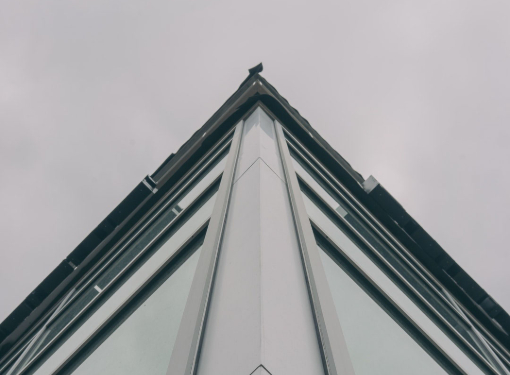
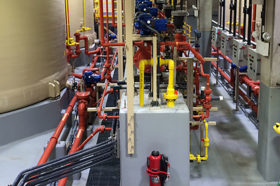
 An Architect’s Perspective on Utility Infrastructure
An Architect’s Perspective on Utility Infrastructure 
